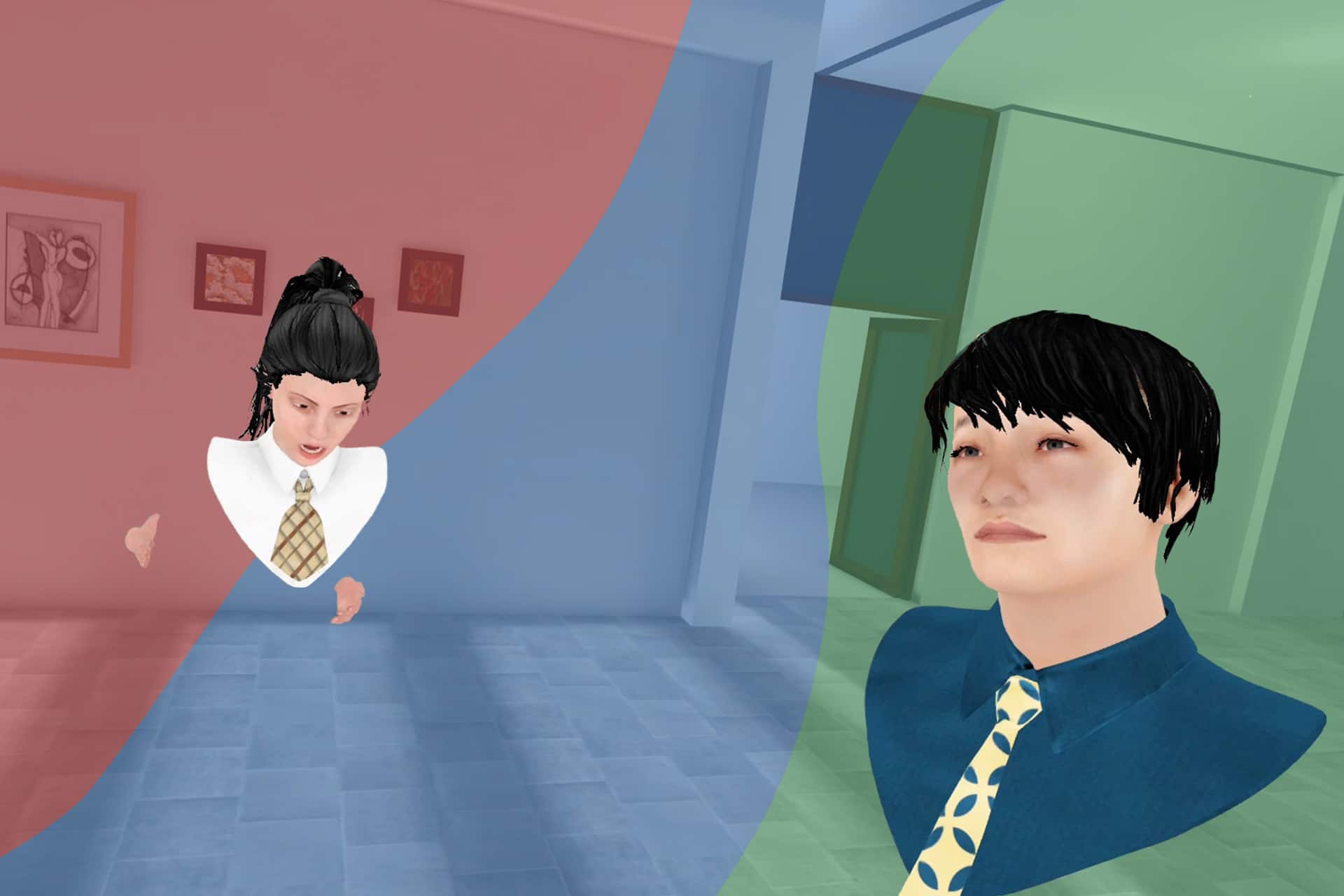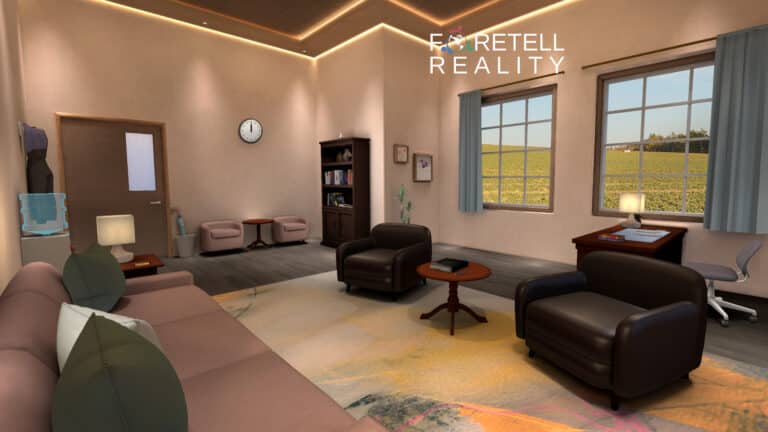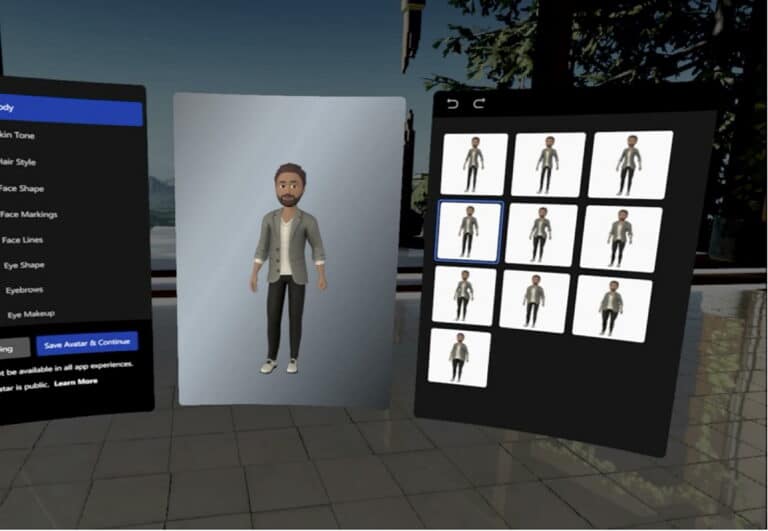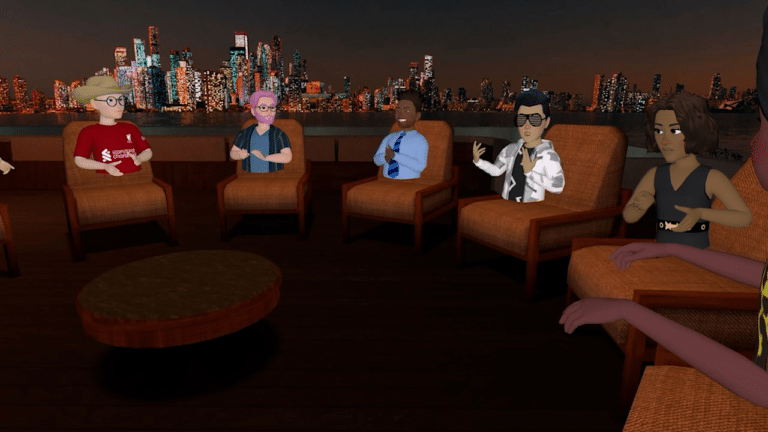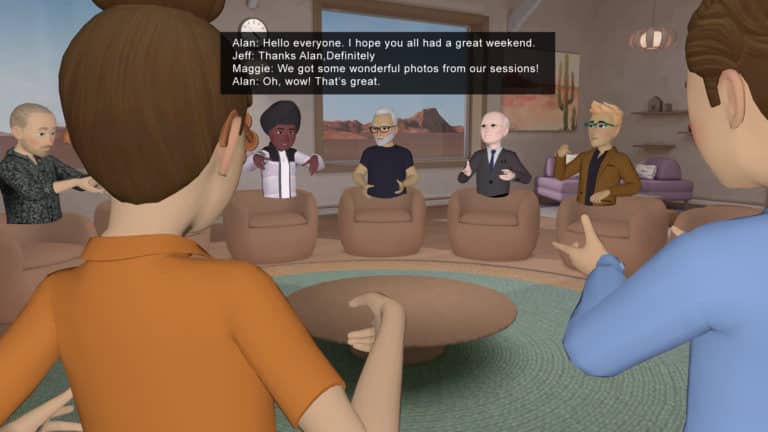
Mental health. What it means today in 2020 is largely different than how a vast number of people perceived it nearly a decade ago. The stigma of its importance is often perceived as being secondary to its tangible counterpart, physical health. Thankfully, more people are recognizing the relationship between mental health and physical wellbeing—especially due to the aid of awareness campaigns, such as Bell Let’s Talk, and increased advocacy from public figures. But what happens when an unprecedented pandemic forces millions to stay at home just as the world has started opening up to the idea of seeking real help?
Although digital alternatives such as videoconferencing, phone calls and email have shown to be effective in helping a scope of mental health illnesses, a piece remains missing. An essential element that links one human to another in order to cultivate an environment of trust and ease of mind is feeling the presence of another human.
When living in isolation and a constant state of uncertainty, there is value in having communication that fosters a sense of connection. Out of all telehealth platforms, Virtual Reality (VR) is the first form of communication that reaps the same advantages as face-to-face meetings and offers additional benefits that would be impossible to execute in a shared, physical environment. Thankfully, technology has been advancing prior to the outbreak of COVID-19, and VR is now surfacing in our new age of remote-health needs.
Companies such as Foretell Reality specialize in creating immersive platforms designed to foster nearly real interpersonal human experiences. A patient’s comfort doesn’t need to be compromised when taking part in VR therapeutic sessions. One VR experience with partner company XRHealth is purposed around ensuring a comfortable environment for its patients by providing relaxing décor and customizable avatars.
Receiving mental and emotional support isn’t a one time thing. Yes, doctor-patient follow ups are possible over the phone and through video call, but VR brings its people closer to each other. That feeling of going into the office and trusting that your doctor has been monitoring your progression is made possible with VR because it minimizes the robotic element that comes with using technology. A recent article from HealthTech outlines, “…In the arena of pain management or mental health, immersion in virtual worlds can produce better results.”
The human species is an incredibly social one, relying heavily on the subtle nuances of eye contact, hand gestures and posture to communicate. COVID-19 has disrupted this mode of communication by forcing a lifestyle of isolation- an especially harmful phenomena to mental health patients in need of real human help. Thankfully, virtual reality is working hand in hand with the healthcare industry to connect patients with doctors in immersive environments that stretch far beyond what video and chat are able to offer.
Foretell Reality is an enterprise VR solution for interpersonal communication and business collaboration. Learn more here.


